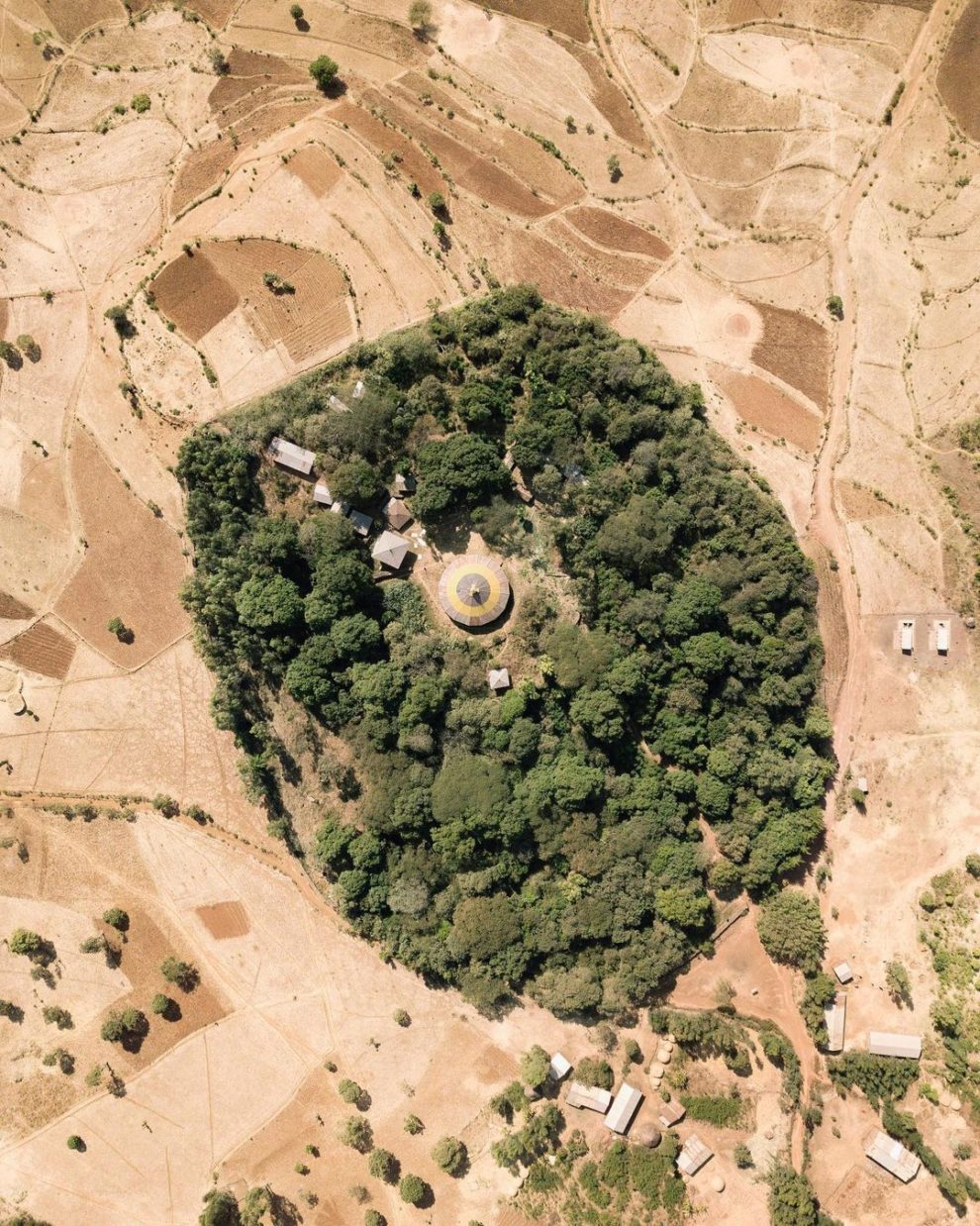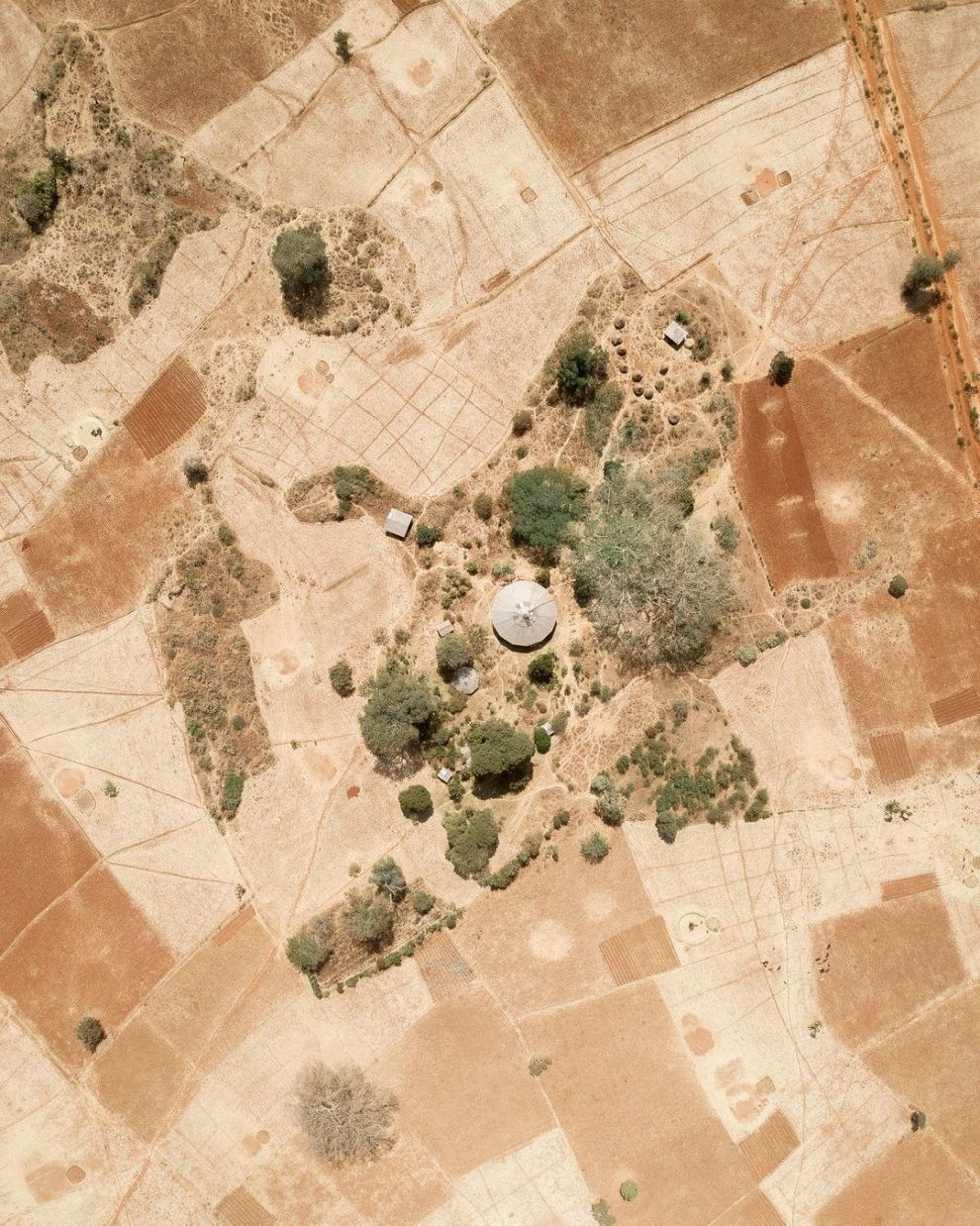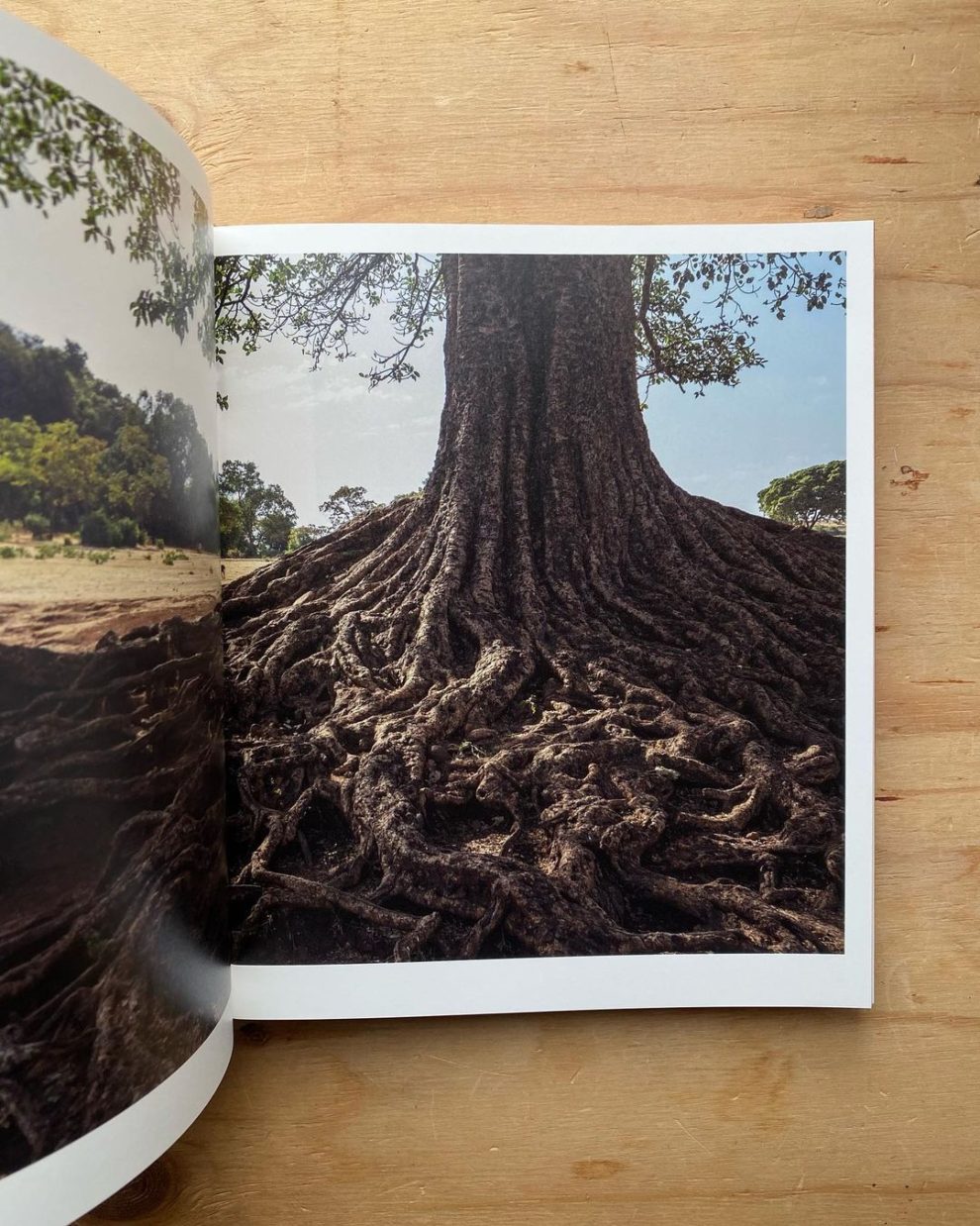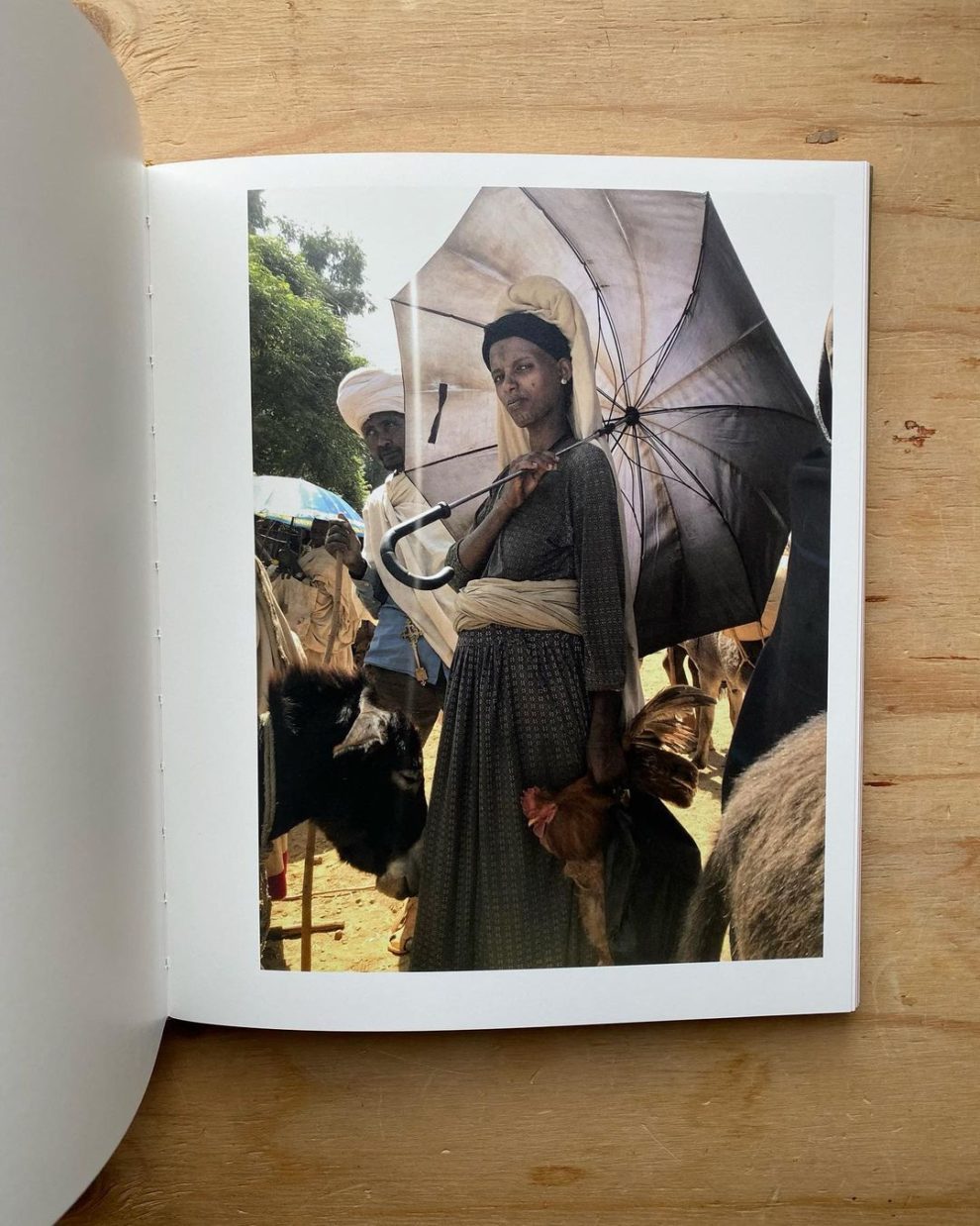Church Forests of Ethiopia: Photographer Captures the Amazing Phenomenon of the Ethiopian Spiritual Community

The latest book from Kieran Dodds (previously featured) reveals how spiritual ideas nurture sustainable landscapes in a time of ecological crisis. As one of the fastest expanding economies in the world, Ethiopia faces environmental pressures. In Amhara province, the last native forests surround church buildings and have been protected for centuries as miniature Gardens of Eden.
More: Kieran Dodds, Instagram, Shop

Kieran’s photographic essay about these church forests has been published in part in Nature, Geo France and National Geographic as well as being awarded a Sony World Photography Award in the Landscape category. The work has also been exhibited in Los Angeles, New York and Edinburgh. The book brings together the full story and unpublished photographs, with a specially commissioned essay by Professor Mark Stoll on the spiritual roots of modern environmentalism, along with a foreword by church forest expert Dr Alemayehu Wassie Eshete.

The publication of this book has supported the restoration of the Ethiopian landscape with the planting of a thousand trees in the upper Blue Nile river catchment area near Lake Tana. This is a collaboration of the local community, local scientists and the organisation Plant with Purpose.

“In the past century, Ethiopia’s native forests have declined by over 90%. Clearing for agriculture, settlements and construction has removed canopies but recent increases in the country’s official forest cover statistics are in the form of necessary plantations of commercial tree crops. Even the much-publicised planting of billions of trees focussed on new planting of non-native species not preservation of diverse, slow growing native forestry. In the recent past, trees like Eucalyptus solved the lack of wood for fuel and construction by being fast growing but are detrimental to both wildlife and soil moisture,” he writes.





